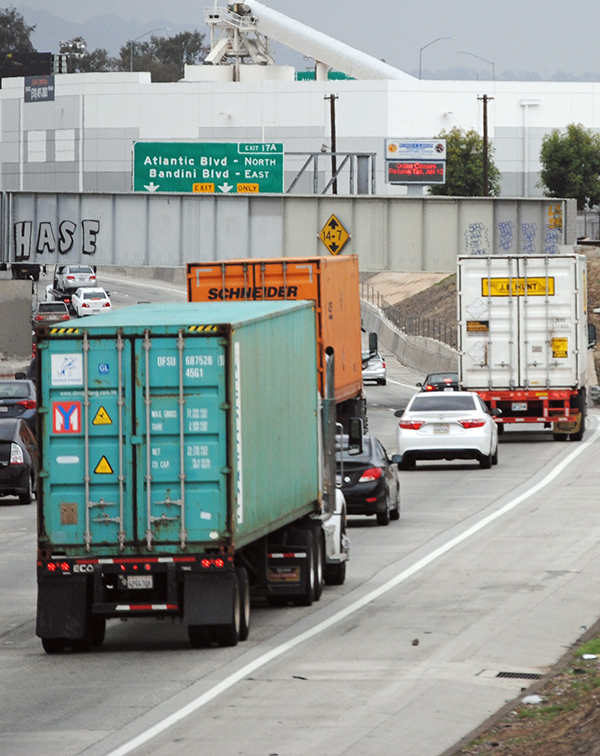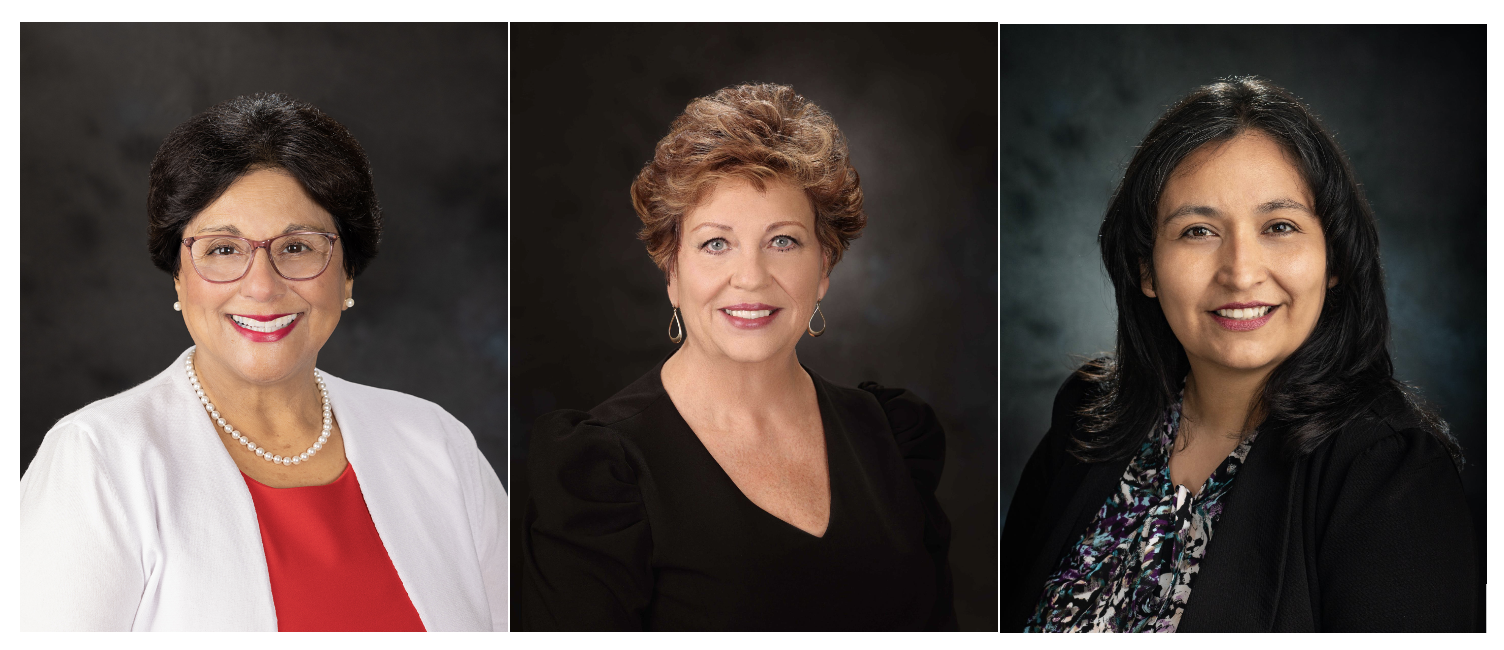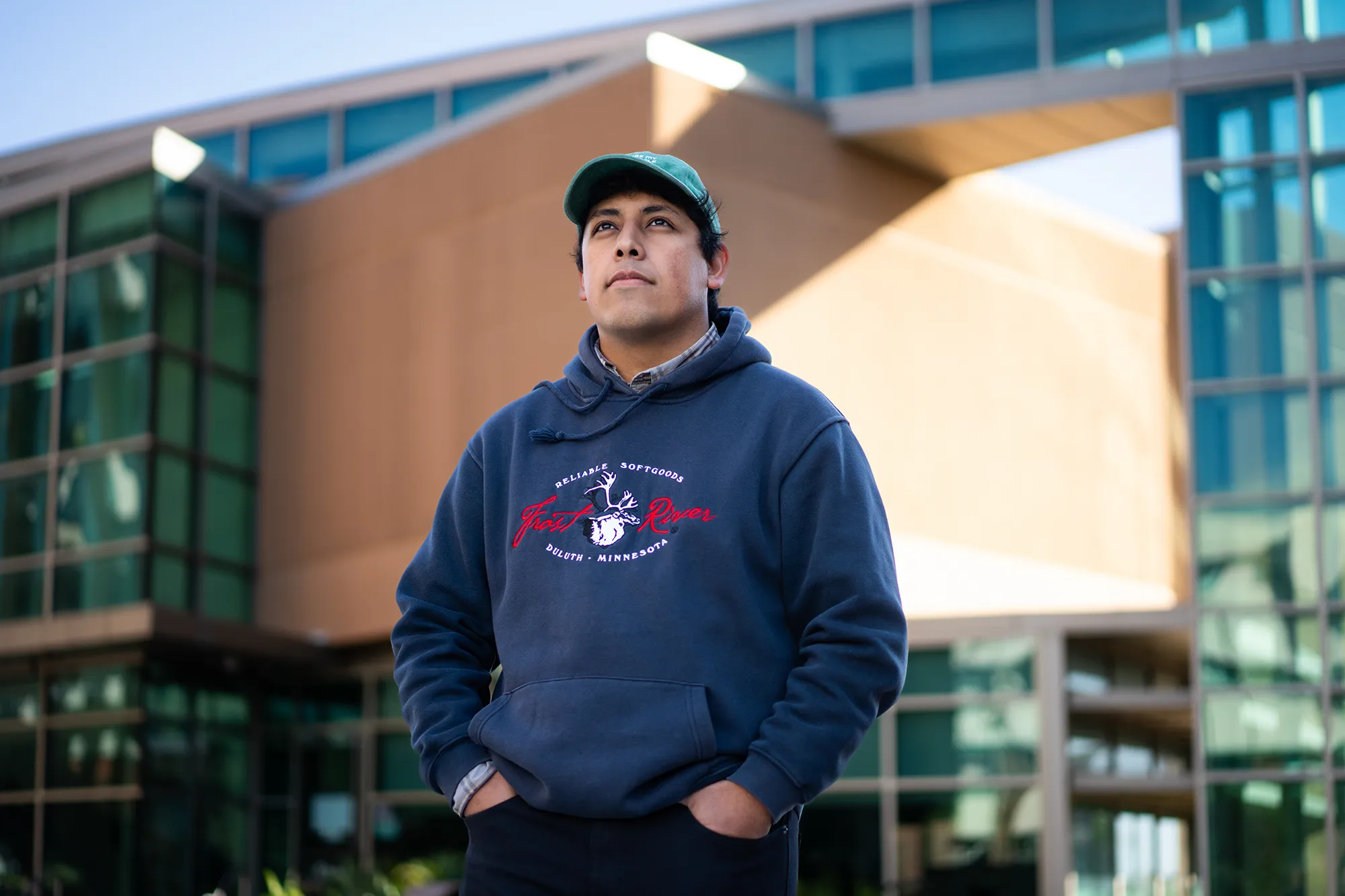By Alfredo Santana
Contributing Writer
LOSANGELES — Despite assurances that investment projects are geared to improve ailing communities burdened with smog and heavy traffic in the Long Beach (710) Freeway southern corridor, some members of the community leadership committee overseeing the projects fear that resources may be siphoned off to serve wealthier cities.
At the first of two gathering to discuss gaps and provide feedback to a list of investment projects to improve conditions in communities neighboring the freeway from Long Beach to East Los Angeles, committee members questioned why Signal Hill and portions of Lakewood are part of the corridor.
First, Marlene Sanchez requested additional information on a project for Hill Street in Long Beach that pitches a bridge construction for pedestrians and bicyclists above the freeway and the Los Angeles River.
Here LA co-director and meeting facilitator Amber Hawkes responded that since the list is preliminary, information on certain projects is limited to what the description says in the initial draft available on the plan’s website.
The so-called Hill Street Pedestrian Bridge Overcrossing is one of them.
The sketchy data concerned Sanchez, a Long Beach resident.
She said the area near Wilmington is busy with big rigs that punish the asphalt and drill potholes on Hill Street that nobody has dared to fix.
Based on the map available on the corridor’s internet page, Sanchez questioned why communities with residential properties valued at more than $1 million are primed as potential project beneficiaries.
“I feel a bit disappointed because many of these projects do not address the issues we discussed in the beginning,” Sanchez said in Spanish.
Lynwood resident Aide Castro seconded Sanchez, and said working-class communities along the 19-mile corridor bear the brunt of dirty air, and they deserve the projects and investment.
KeAndra Cylear Dodds, the Metropolitan Transportation Authority’s executive officer on equity and race, replied that only one of more than 200 listed projects may benefit Lakewood directly, and none is for Signal Hill.
“We’ve been working closely with the Gateway Cities Council [of Governments],” Dodds said. “They came up with their own recommendations, plans and existing projects. We received a lot of their city plans and gathered information from staff.”
So far, the MTA has identified about $1 billion in sales tax revenue to invest in projects to lower carbon emissions and improve traffic along the truck-laden corridor, and streamlined $50 million to switch diesel truck fleets to electric units and pay for charging stations.
Currently, the investment project is at the third of six planned stages before a final tally of proposals is forwarded to the MTA’s Board of Directors for funding.
The current stage is called “Developing Multimodal Strategies and Identifying Projects and Programs.”
Hawkes said the format is the precursor to an evaluation process to weigh in what projects would rise for financial consideration and what others are weeded out.
“In the next phase, we’ll be able to prioritize what projects make it to the funding,” she said.
A list of 106 bike-related projects was released, some of which overlap while others had been identified in master plans by local cities.
At-large representative Susan Adams suggested installing rest benches with canopies at intervals for pedestrians, while task force member Laura Cortez supported bike share stalls with water refill stations at bus hubs and light rail stations.
Others requested that all bike and pedestrian roads comply with the American With Disabilities Act and be designed to allow safe transit of wheelchairs and scooters.
On safety and amenities, Dora Douglas from Vernon picked on the lack of street trash bins, and advised MTA officials to launch an educational campaign with ads at bus stops to keep the corridor free of garbage.
“I haven’t heard anything to keep the cities clean,” Douglas said. “We have so much trash. What are we doing about that? I have seen people throw trash on the streets from cars. Homeless [people] don’t care about their trash. Are we doing something to address the homeless issues?”
Dodds said that in the refinement phase the MTA will aim to partner with cities to clean up streets, define what agencies would head the efforts and what sources of funds are tapped.
On freight movement, Cortez and Long Beach resident Maria Reyes pushed for a project that addresses recycling and storage of empty containers.
“Empty containers and goods movement are very large, expansive and invasive issues in Long Beach. How can we alleviate the intrusion of semis into residential areas?” Reyes inquired.
Douglas called for a two or three-day ban of cargo trucks on the freeway a week to crush tailpipe emissions, while Castro invited fellow members to think twice about projects that may hurt the economies of corridor residents.
“Let’s understand how are we going to affect our communities who are truck drivers and port workers. Let’s make sure these projects don’t have unintended consequences,” Castro said.
Reyes also derided a proposal to enact contingency fees for cars with no passengers as a punitive measure against already impoverished communities.
And Jamila Cervantes from Maywood requested a proposal to provide financial aid to independent truck drivers and owners without the wherewithal to compete with big trucking companies or readapt to electric units.
“They are working in an unfair system,” Cervantes said.
At a second meeting held Jan. 23, Here LA coordinator and facilitator Shannon Davis said that multijurisdictional projects like the arterial roadway project christened “Atlantic Complete Street Corridor” would restore dilapidated pedestrian and bike infrastructure at all street crossings along South Atlantic Boulevard.
On traffic calming measures, Sanchez requested roundabouts in West Long Beach, while others pushed for speed enforcement cameras near schools, the addition of trees and shade and upkeep of narrow streets.
San Pedro representative Tiesha Davis also asked that a stormwater treatment program targeting Long Beach and Wilmington be stretched to reach her community, and for a mechanism to ensure part-time jobs created during the investment plan become permanent.
And on environmental improvements, Davis suggested that money earmarked for urban beautification be used to hire local artists to develop public pieces that are respected and not vandalized as opposed to corporate art.
Others requested investments to make schools near the freeway greener.












